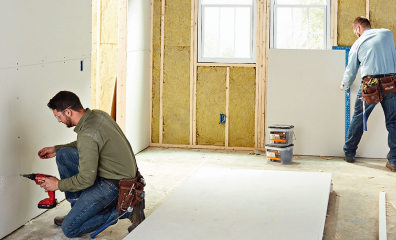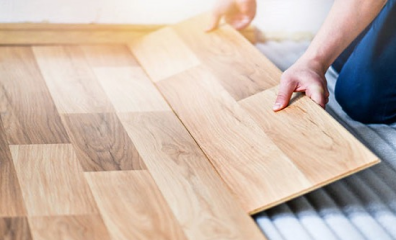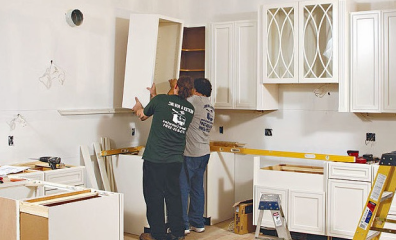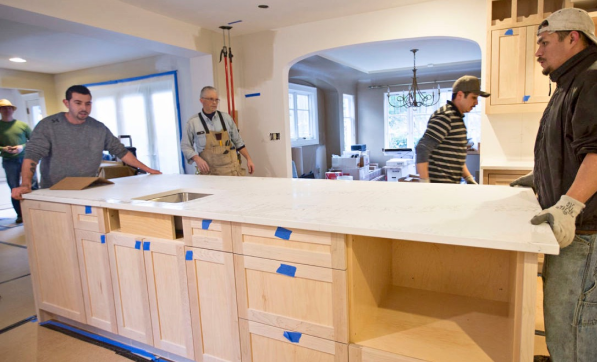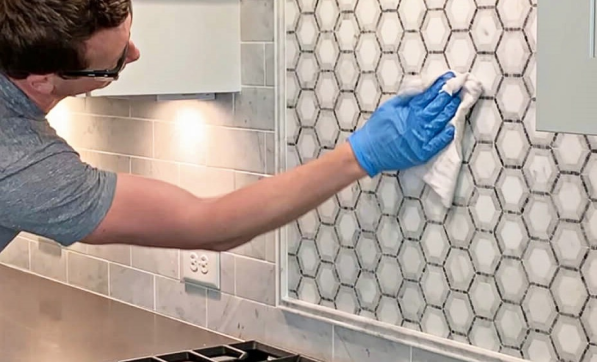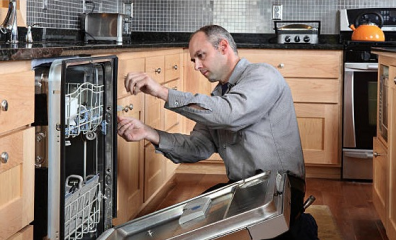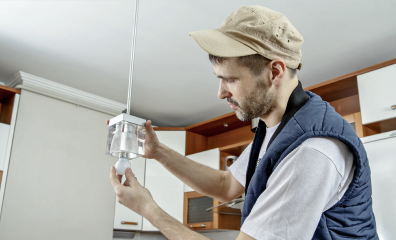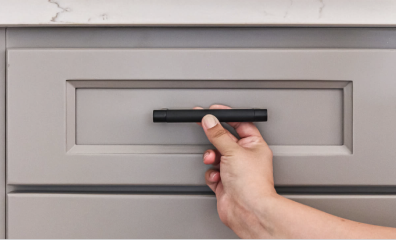Planning a kitchen installation requires careful thought about functionality and aesthetics. One crucial element to consider is custom cabinets, as they offer unparalleled adaptability to your kitchen’s unique dimensions and style. When ordering custom cabinets, ensure that they align with your overall design, offer ample storage, and are made from high-quality, durable materials. Think about including features like pull-out drawers or built-in spice racks for added convenience. Although this option can be more expensive than off-the-shelf cabinets, the investment often pays off through increased home value and daily kitchen satisfaction. Always employ skilled professionals for installation to ensure the best result.
Framing and drywall installation are key stages in a kitchen remodel, particularly when structural changes are involved. Framing outlines the skeleton of new walls or partitions using wooden or metal studs. It requires careful measurement and alignment. Following this, drywall sheets are attached to the frame to create the walls. The drywall is then taped, mudded, and sanded to create a smooth surface for painting or wallpapering. This process needs accuracy and skill to ensure structural soundness and seamless aesthetic. While doable as a DIY project, professional help is often recommended for the best results. Properly installed framing and drywall lay the foundation for a successful remodel.
Installing kitchen flooring requires careful thought about material choice
and installation process. The material should be durable, easy to clean, and match your kitchen’s style. Options include hardwood, tile, vinyl, or laminate. Consider professional installation for a seamless finish, especially for complex patterns or materials like tile. Ensure the floor is level and the subfloor is in good condition before installation begins. Finally, remember that the installation process may involve noise and disruption, so plan accordingly. With the right planning and execution, new kitchen flooring can significantly enhance the aesthetics and functionality of your kitchen.
Installing custom cabinets involves a specialized process due to their tailor-made nature. Accurate measurements are paramount as custom cabinets are designed to fit your specific kitchen layout. Materials, style, and finish should align with your design and budget preferences. During installation, priority is given to wall cabinets before moving to base units. Proper alignment and leveling, even more critical with custom cabinets, ensure seamless aesthetics and optimal function. It’s advisable to hire professionals for installation, as their expertise guarantees precise fitting and secure attachment. Skillfully installed custom cabinets can significantly enhance the storage capabilities and design of your space.
Counter top installation is a key aspect of a kitchen remodel. Start with accurate measurements to ensure a proper fit. Counter tops come in a variety of materials like granite, quartz, laminate, or wood, each offering different aesthetics and durability. The chosen material for your counter tops should align with your kitchen’s design and your budget. Professionals usually handle installation, as it can involve precise cutting for sinks and appliances, and secure attachment to the cabinets. Proper sealing is crucial for certain materials to prevent damage. Installed correctly, counter tops offer a significant boost to your kitchen’s functionality and appeal.
Installation of the Backsplash. Backsplash installation is an important part of enhancing a kitchen’s design and functionality. Material choice, ranging from tile to stainless steel, should complement your counter tops and overall kitchen style. Precision is key as the backsplash often involves intricate patterns and cuts around outlets. Ensure a clean, level surface before installation begins. Professionals usually handle the grouting and sealing process for materials like tile. Be mindful of the curing time before using the space. While it might seem like a small detail, a correctly installed backsplash can make a significant impact, protecting your walls from splashes while adding visual interest to your kitchen.
Installation of kitchen appliances requires careful planning. First, ensure the appliances fit the designated space and have the necessary hookups for gas, water, and electricity. Professional installation may be needed for complex appliances like gas ranges or dishwashers to ensure safety and warranty protection. Consider energy-efficient models to save on utility bills. Don’t forget about the disposal of old appliances and understand the warranty for your new ones. Finally, verify if any permits are required in line with local building codes. The key is to balance aesthetics, functionality, and safety when installing your kitchen appliances.
Kitchen lighting installation is essential in kitchen renovation, offering functionality and setting the right ambiance. Plan for a mix of ambient, task, and accent lighting for a balanced, well-lit space. Consider where to place wiring and switches, and choose fixtures—like recessed lights, pendant lights, or under-cabinet LEDs—that complement your kitchen’s design. Adherence to local electrical codes is crucial, and due to the complexity of the task, it’s often best to engage professionals. The right lighting, correctly installed, can significantly elevate your kitchen’s aesthetic, making it a more inviting and enjoyable space to cook and socialize in.
Kitchen hardware installation is a vital detail in a kitchen remodel, involving affixing knobs, handles, and pulls to cabinets and drawers. It’s important to select hardware that aligns with the kitchen’s overall design and cabinet finish. Consider the size and design of the hardware; it should enhance, not overpower your cabinets. Precise positioning and alignment during installation are critical for functionality and a clean appearance. While it might seem like a small detail, properly installed hardware can significantly improve the usability and design of your kitchen.
Framing and drywall installation are key stages in a kitchen remodel, particularly when structural changes are involved. Framing outlines the skeleton of new walls or partitions using wooden or metal studs. It requires careful measurement and alignment. Following this, drywall sheets are attached to the frame to create the walls. The drywall is then taped, mudded, and sanded to create a smooth surface for painting or wallpapering. This process needs accuracy and skill to ensure structural soundness and seamless aesthetic. While doable as a DIY project, professional help is often recommended for the best results. Properly installed framing and drywall lay the foundation for a successful remodel.
Installing kitchen flooring requires careful thought about material choice
and installation process. The material should be durable, easy to clean, and match your kitchen’s style. Options include hardwood, tile, vinyl, or laminate. Consider professional installation for a seamless finish, especially for complex patterns or materials like tile. Ensure the floor is level and the subfloor is in good condition before installation begins. Finally, remember that the installation process may involve noise and disruption, so plan accordingly. With the right planning and execution, new kitchen flooring can significantly enhance the aesthetics and functionality of your kitchen.
Installing custom cabinets involves a specialized process due to their tailor-made nature. Accurate measurements are paramount as custom cabinets are designed to fit your specific kitchen layout. Materials, style, and finish should align with your design and budget preferences. During installation, priority is given to wall cabinets before moving to base units. Proper alignment and leveling, even more critical with custom cabinets, ensure seamless aesthetics and optimal function. It’s advisable to hire professionals for installation, as their expertise guarantees precise fitting and secure attachment. Skillfully installed custom cabinets can significantly enhance the storage capabilities and design of your space.
Counter top installation is a key aspect of a kitchen remodel. Start with accurate measurements to ensure a proper fit. Counter tops come in a variety of materials like granite, quartz, laminate, or wood, each offering different aesthetics and durability. The chosen material for your counter tops should align with your kitchen’s design and your budget. Professionals usually handle installation, as it can involve precise cutting for sinks and appliances, and secure attachment to the cabinets. Proper sealing is crucial for certain materials to prevent damage. Installed correctly, counter tops offer a significant boost to your kitchen’s functionality and appeal.
Installation of the Backsplash. Backsplash installation is an important part of enhancing a kitchen’s design and functionality. Material choice, ranging from tile to stainless steel, should complement your counter tops and overall kitchen style. Precision is key as the backsplash often involves intricate patterns and cuts around outlets. Ensure a clean, level surface before installation begins. Professionals usually handle the grouting and sealing process for materials like tile. Be mindful of the curing time before using the space. While it might seem like a small detail, a correctly installed backsplash can make a significant impact, protecting your walls from splashes while adding visual interest to your kitchen.
Installation of kitchen appliances requires careful planning. First, ensure the appliances fit the designated space and have the necessary hookups for gas, water, and electricity. Professional installation may be needed for complex appliances like gas ranges or dishwashers to ensure safety and warranty protection. Consider energy-efficient models to save on utility bills. Don’t forget about the disposal of old appliances and understand the warranty for your new ones. Finally, verify if any permits are required in line with local building codes. The key is to balance aesthetics, functionality, and safety when installing your kitchen appliances.
Kitchen lighting installation is essential in kitchen renovation, offering functionality and setting the right ambiance. Plan for a mix of ambient, task, and accent lighting for a balanced, well-lit space. Consider where to place wiring and switches, and choose fixtures—like recessed lights, pendant lights, or under-cabinet LEDs—that complement your kitchen’s design. Adherence to local electrical codes is crucial, and due to the complexity of the task, it’s often best to engage professionals. The right lighting, correctly installed, can significantly elevate your kitchen’s aesthetic, making it a more inviting and enjoyable space to cook and socialize in.
Kitchen hardware installation is a vital detail in a kitchen remodel, involving affixing knobs, handles, and pulls to cabinets and drawers. It’s important to select hardware that aligns with the kitchen’s overall design and cabinet finish. Consider the size and design of the hardware; it should enhance, not overpower your cabinets. Precise positioning and alignment during installation are critical for functionality and a clean appearance. While it might seem like a small detail, properly installed hardware can significantly improve the usability and design of your kitchen.
